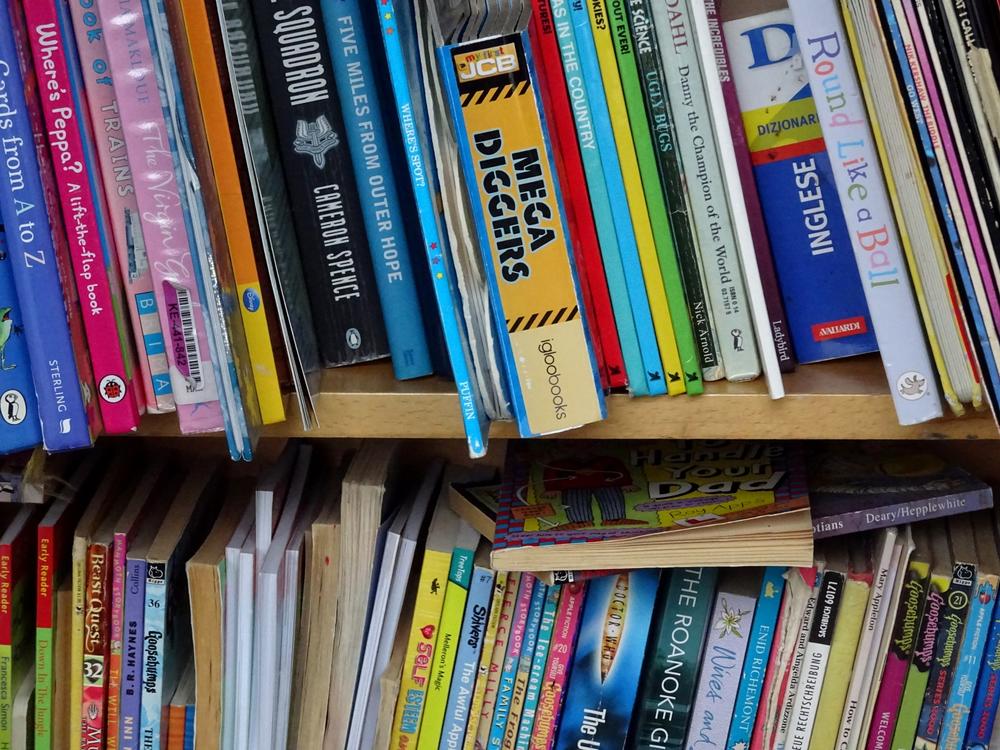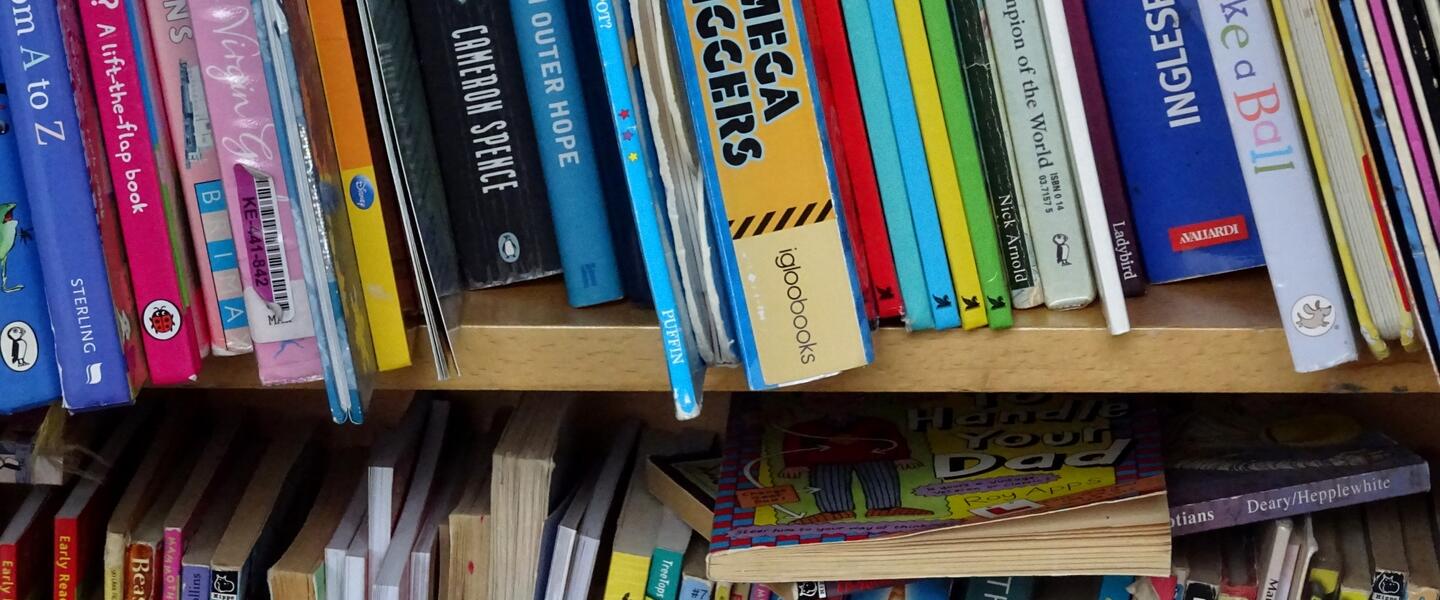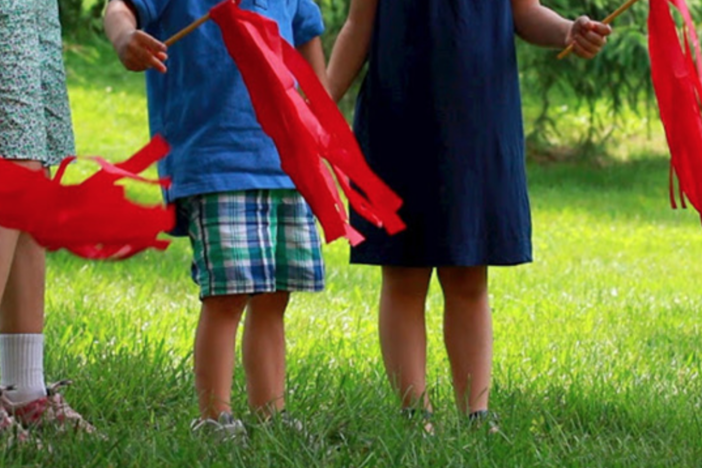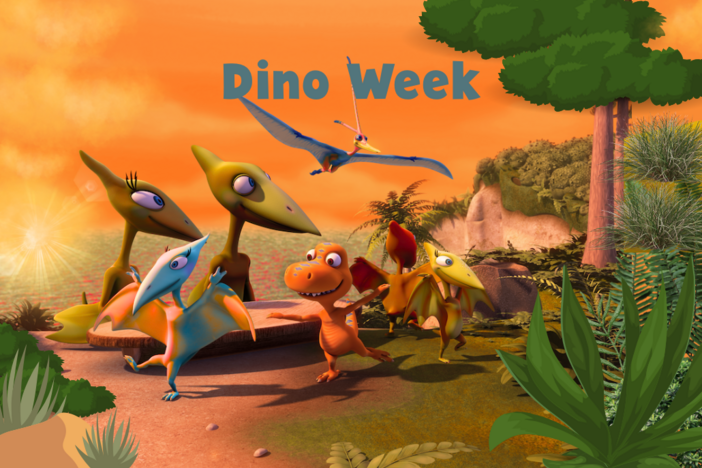
Section Branding
Header Content
"The Intentional Bookshelf" For Your Classroom
Primary Content

Children’s books act as concrete, finite examples of sometimes complex ideas: bullying, making friends, separation anxiety, welcoming a new sibling into the household, and death (to name a few). Because they tackle such pivotal topics through relatable characters, children are able to grasp onto the stories and learn from them. People in general are shaped by the words they read, and children, with their impressionable, malleable minds are particularly impacted by books.
J. K. Rowling, author of the critically acclaimed Harry Potter series, summed up the value of books perfectly: “It’s the books you read when you’re young that stay with you always.”
Imagine if, as an educator, you took the time to carefully select which books you highlighted in your classroom and within your class bookshelf - consider the impact you could have.
The Intentional Bookshelf is a concept I designed and documented in my book on the subject. It is the idea that we can create a library for our children that acts as an anchor to their values and interests, by deliberately choosing books that align with our family. Because books are essentially concrete examples of complex ideas that are hard to explain to our children, they serve as a gateway into connection and conversation. When we are at a loss for words, the books help bridge the gap.
Although I myself am not an educator, I have seen the power of the intentional bookshelf in the lives of parents and their families, and I believe this same concept can be applied within the classroom. As teachers, you have the ability to influence the minds of young children (in such a positive way). My own daughter attends preschool and I am in awe of the relationship she has with her teachers, and how they are truly shaping her as much as I am. When your students hear valuable lessons and are reinforced with positive character traits both outside and inside the classroom through books, you have the opportunity to instill lasting impressions.
I know you are itching to build one of these magical intentional bookshelves in your classroom, so let’s hop in to the process and then some bonus ways you can help your students get involved.
Building an Intentional Bookshelf for Your Classroom | The Process
The process of building an intentional bookshelf is relatively the same whether you are a parent creating one in your own home or an educator looking to create on in your classroom.
There are four main steps to follow, that can be repeated year after year:
1. Identify the important topics (values / interests / situations)
2. Remove the books that do not align
3. Sustainably grow the collection
4. Adjust and rotate as necessary
Let’s walk through the action steps in more detail.
1. Identifying the Important Topics
There are three main topic buckets to consider for your bookshelf - values, interests and relevant situations. These may change from year to year depending on the mix of students, current events, or other reasons. As you work through identifying each of the three categories, write them down on a piece of paper for future reference (or start a free educator account at the intentional book club and log them there).
Identifying Values - the values you choose should stem from the type of students you would like to cultivate in your classroom. Many teachers have character traits listed in their classroom such as: kindness, respect, hard work, and patience. You can use these as a jumping point.
Identifying Interests - for parents curating their intentional bookshelf, this may come from their own personal interests and what their kids enjoy. For your classroom, you can write down your upcoming themed lessons throughout the school year, or poll your students to find out what their interests are.
Identifying Relevant Situations - depending on what grade level you teach, you may find many students deal with very similar situations. For example, if you are an early educator (such as preschool) your students may experience separation anxiety being apart from their parents or they may still be potty training. Those are the types of relevant situations you would want to identify for your bookshelf.
2. Removing Books that do not Align
This is assuming you have an arsenal of books already (perhaps from past years or from your own personal collection that you have brought to your classroom). Now that you have identified what topics should be present on your class intentional bookshelf, take away any books that do not align with those messages.
This may seem limiting - but in fact, it is focusing. Studies show children need focus and less options. Give your students the best probability of absorbing the topics on your bookshelf by filtering down the options.
3. Sustainably Grow the Collection
Depending on how many topics you have listed for your class intentional bookshelf, you may feel a little overwhelmed. Surely, it is not feasible to include two to four books on each topic immediately. Thus, a plan to sustainably grow the collection is helpful.
The 3-2-1 method of bookshelf growth is a system I developed to curb that overwhelm. It is simple, instead of throwing all of your hard earned money at books, grow slowly and start with a small number of topics (this has been adjusted for educators).
- Choose Three Values
- Choose Two Interests
- Choose One Life Situation
Now find a few books in each topic! Even if you curate only two to three books per topic, your class intentional bookshelf will already be at 12 to 18 high quality, focused books.
The process of finding those excellent books that align with the topics can be time consuming, but The Intentional Book Club can help you! You simply tell the system what topics you are focusing on (i.e., three values, two interests, one life situation, or more!) and it provides book recommendations for those topics. You can start your free educator account by clicking here.
4. Adjust and Rotate as necessary
Presumably your lessons, the needs of your students and even the makeup of your classroom will change year after year. The process of rotating out books and adjusting what is on your class intentional bookshelf and / or what you are focusing on should be revisited at least once per year, but perhaps several times in one school year.
As mentioned above, there is value in keeping your bookshelf succinct. If you want to really narrow in the focus, you can choose just a small subset of your intentional bookshelf to keep out and then rotate those books as they grow stale.
Building an Intentional Bookshelf for Your Classroom | Bonus Ideas
Creating this class intentional bookshelf is going to be so fun! Here are some fun ways to allow your students to get involved.
BONUS #1: Allow them to help you choose the topics
Allowing your students to help choose the topics is a way to ensure topics that are important to them make it to the bookshelf. Additionally, it allows them to take ownership of what is being displayed on the bookshelf.
If you teach students who know how to write, you can give them each a piece of paper and allow them to write down a value of theirs as well as an interest. Tally them all up and decide which are the most desired topics (a good lesson in democracy, too!).
If you have younger students, provide a list of topics and allow them to vote for their favorites.
BONUS #2: Give students the opportunity to donate to the class bookshelf
Perhaps one of your students has a book they absolutely love, allow them to donate the book to the class bookshelf. This gives your students the chance to share and connect with one another over the books they love and introduce their classmates to different books.
You can set your class bookshelf up like a little free library. Your students can take and give books as desired, allowing the bookshelf to constantly be an ebbing and flowing repository of incredible stories.
BONUS #3: Host a service project for donated books
When moving through the process of building a classroom intentional bookshelf, step two involves purging books that don’t align with the chosen topics.
You can create a teachable moment with your student by allowing them to help you prepare the books for donation. Have them all contribute to a letter or picture for the future book recipient or create custom bookmarks to go along with the books.
Creating this classroom intentional bookshelf will encourage a class filled with readers, provide opportunities to instill positive character traits within your students & allow you as the educator to have a broader impact on the students you love so much.
To find out more about The Intentional Book Club and start your free educator account, head to intentionalbookclub.com/educators. We appreciate our teachers and educators so much and know you all make an incredible difference in the lives of our children.






